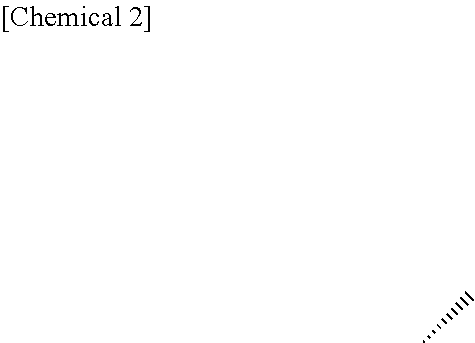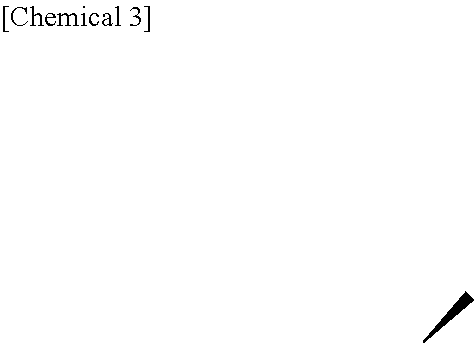Dosing regimen of sedative
a sedative and dosing regimen technology, applied in the field of sedative dosing regimen, can solve the problems of difficulty in meeting all the requirements of using a single anesthetic, angialgia, circulatory depression, etc., and achieve the effect of rapid recovery and loss of consciousness
- Summary
- Abstract
- Description
- Claims
- Application Information
AI Technical Summary
Benefits of technology
Problems solved by technology
Method used
Image
Examples
case 1
(Case 1)
[Efficacy / Effect]
Induction and Maintenance of General Anesthesia
[Dosage / Administration]
(1) Induction
[0179]In general, remimazolam is intravenously administered at a rate of 6 mg / kg / h to an adult patient while observing the general conditions of the patient until sleeping is obtained.
(2) Maintenance
[0180]The dosing rate is adjusted so as to obtain an adequate depth of anesthesia while observing the general conditions of a patient. In general, for the adult patient, the adequate depth of anesthesia is obtained at a dosing rate of remimazolam of 0.4 to 1 mg / kg / h.
[0181]Further, an analgesic (for example, a narcotic analgesic or a local analgesic) is to be used in combination.
case 2
(Case 2)
[Efficacy / Effect]
Induction and Maintenance of General Anesthesia
[Dosage / Administration]
(1) Induction
[0182]In general, remimazolam is intravenously administered at a rate of 12 mg / kg / h to an adult patient while observing the general conditions of the patient until sleeping is obtained.
(2) Maintenance
[0183]The dosing rate is adjusted so as to obtain an adequate depth of anesthesia while observing the general conditions of a patient. In general, for the adult patient, the adequate depth of anesthesia is obtained at a dosing rate of remimazolam of 0.4 to 1 mg / kg / h.
[0184]Further, an analgesic (for example, a narcotic analgesic or a local analgesic) is to be used in combination.
[0185]In the invention, the “product” includes (1) a pharmaceutical composition comprising, as an active ingredient, Compound A or a salt thereof and (2) a container containing the composition, and in addition thereto, (3) at least one of an instruction, a manual, an appendix, a product label, and the like ...
example 1
Induction of General Anesthesia in Non-Elderly Adults Using Compound B
[0200]A non-blind study was carried out for 25 surgery patients at the age of 20 or older and younger than 65 to undergo general anesthesia using Compound B in combination with a narcotic analgesic.
[Method]
[0201]The study was carried out by allocating 25 test subjects to four groups (Group A1, Group A2, Group A3 and Group A4) according to the description in the following Table 2.
TABLE 2GroupA1A2A3A4Dosing rate of Compound B (mg / kg / h)6122130Number of test subjects (patients)51055Gender of testMale2143subjects (patients)Female3912
[0202]At 5 minutes before the start of the administration of Compound B, the intravenous continuous administration of remifentanil hydrochloride (see the following 1-1) was started, and after 5 minutes passed, the intravenous continuous administration of Compound B (see the following 1-2) was started. After loss of consciousness in the test subjects was confirmed, rocuronium bromide was int...
PUM
| Property | Measurement | Unit |
|---|---|---|
| chemical concentration | aaaaa | aaaaa |
| frequency | aaaaa | aaaaa |
| concentration | aaaaa | aaaaa |
Abstract
Description
Claims
Application Information
 Login to View More
Login to View More - R&D
- Intellectual Property
- Life Sciences
- Materials
- Tech Scout
- Unparalleled Data Quality
- Higher Quality Content
- 60% Fewer Hallucinations
Browse by: Latest US Patents, China's latest patents, Technical Efficacy Thesaurus, Application Domain, Technology Topic, Popular Technical Reports.
© 2025 PatSnap. All rights reserved.Legal|Privacy policy|Modern Slavery Act Transparency Statement|Sitemap|About US| Contact US: help@patsnap.com



